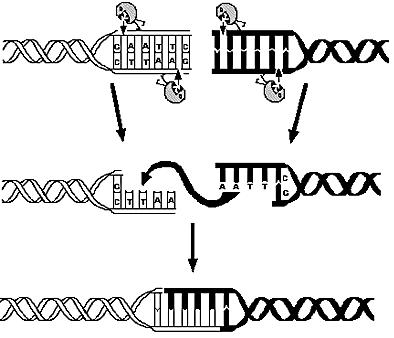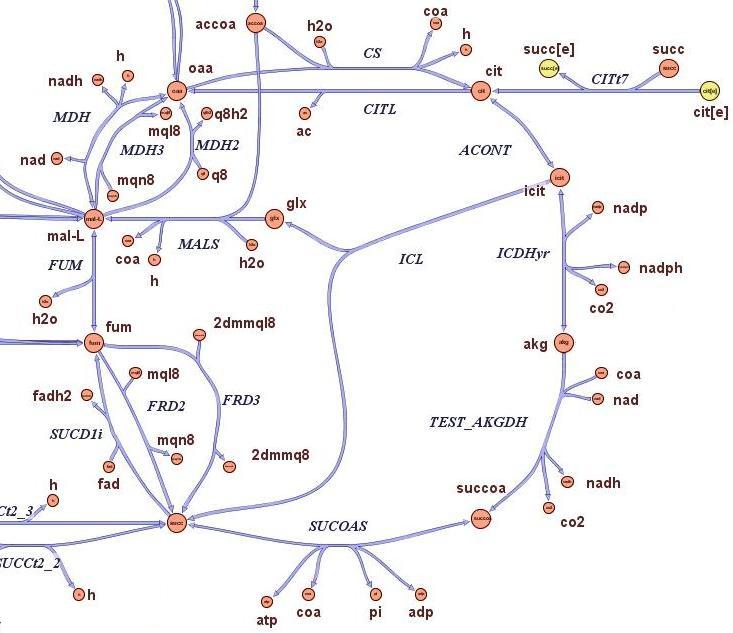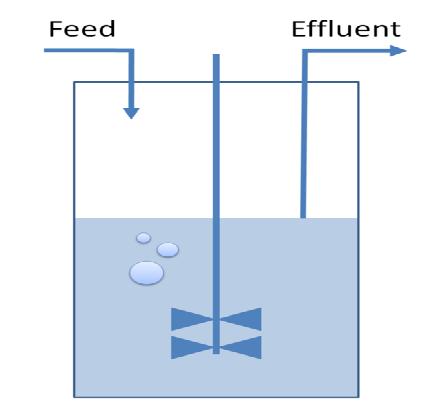Team:ETH Zurich/Modeling/Overview
From 2008.igem.org
Luca.Gerosa (Talk | contribs) |
Luca.Gerosa (Talk | contribs) |
||
| Line 46: | Line 46: | ||
* What is the best restriction enzyme to be used in order to maximize genome reduction and at the same time vitality (growth rate) of thymidine auxotrophyc strains? | * What is the best restriction enzyme to be used in order to maximize genome reduction and at the same time vitality (growth rate) of thymidine auxotrophyc strains? | ||
* What is the predicted genome reduction difference if the medium is minimal or very rich in term of nutrients? | * What is the predicted genome reduction difference if the medium is minimal or very rich in term of nutrients? | ||
| - | * Which are the predicted quantitative differences in terms of growth rate and genome size of strains on which has been applied the selection procedure? | + | * Which are the predicted quantitative differences in terms of growth rate and genome size of strains on which has been applied the selection procedure? <br><br> |
| - | <br><br> | + | '''Method:''' <br> |
| - | '''Method:''' The state-of-the-art genome scale model for E.Coli | + | The state-of-the-art genome scale model for E.Coli iAF1260 (1260 genes included) has been modified in order to account for thymidine auxotrophycity, thymidine uptaking limitation, genome reduction and growth on different medium. Flux balance analysis has been applied to determine growth rates.<br> |
'''Results:''' <br> | '''Results:''' <br> | ||
</div> | </div> | ||
Revision as of 16:05, 11 October 2008
Overview on the modelling frameworkThis page is meant to give an introduction to the the overall modelling framework we have constructed in order to asses feasibility analysis, temporal scale details and other parameter estimations that regard our project setup. As introduced in the project overview section, four main components can be identified in the deviced mechanism. Accordingly, we divided the modelling framework in four modules that tackles the relative problematics.
|
 "
"


